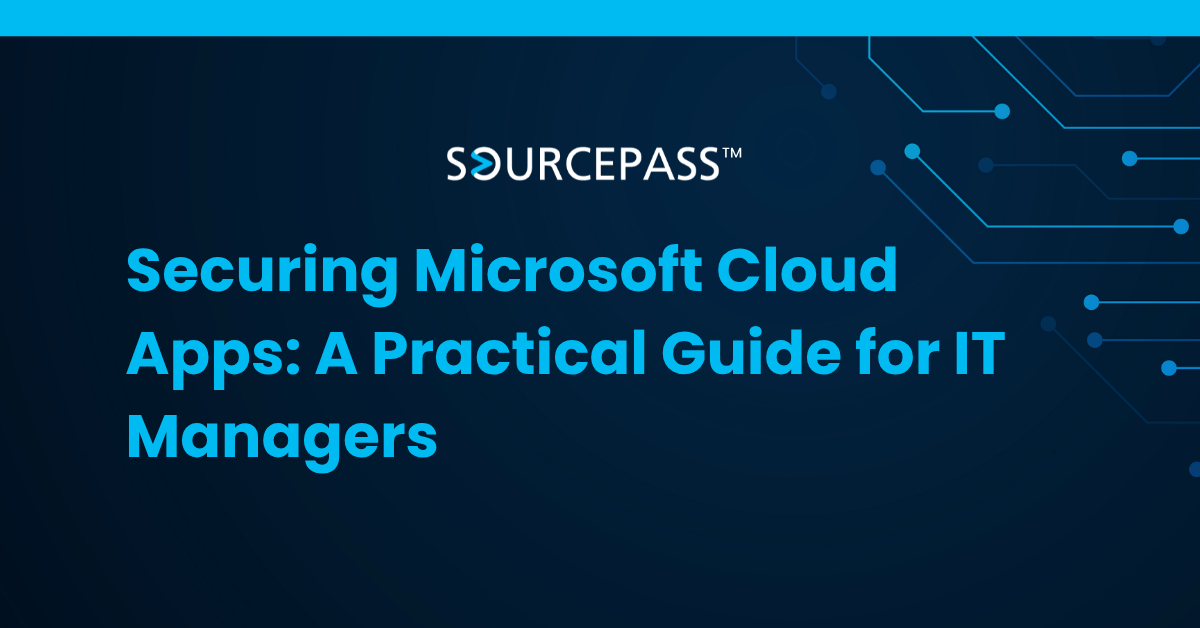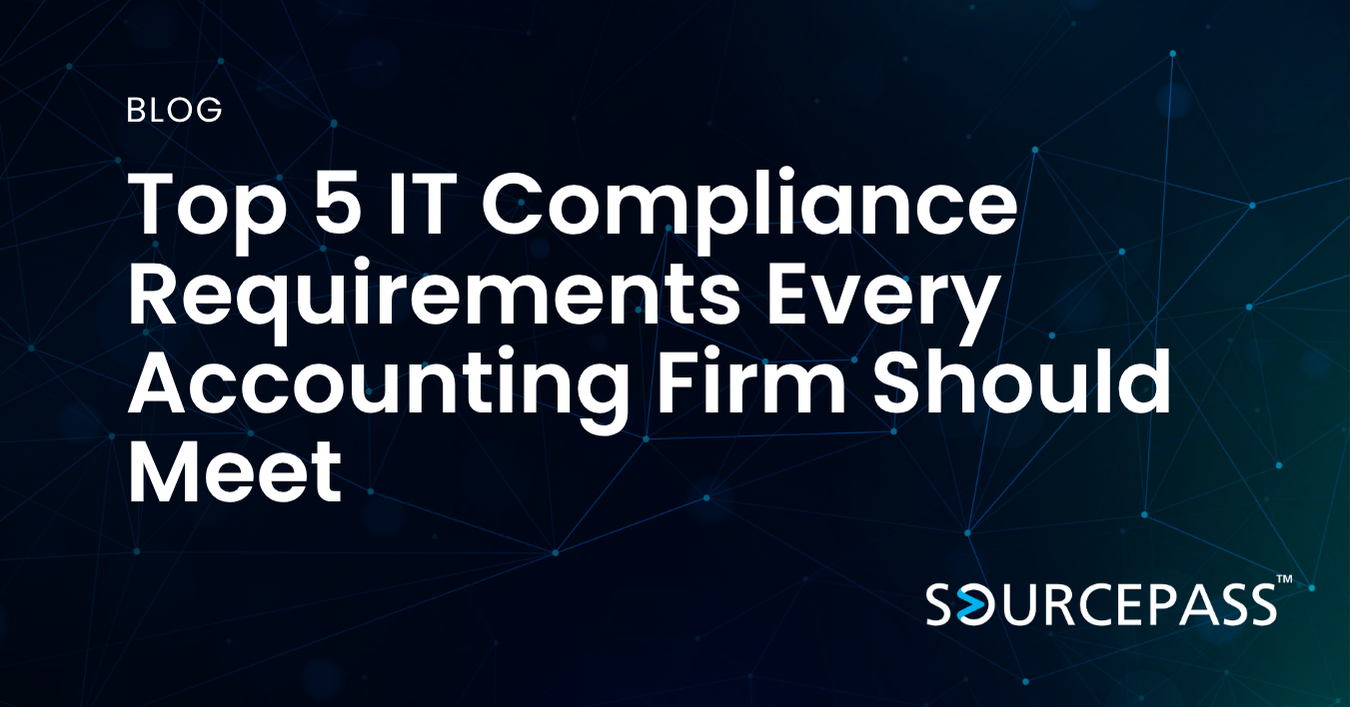Securing Microsoft Cloud Apps: A Practical Guide for IT Managers
Oct 21, 2025 Alex Davis Microsoft Solutions 3 min read



Cloud applications have become essential to daily business operations. From Microsoft 365 to Azure-based tools, these platforms store valuable data, enable collaboration, and power digital transformation. However, the shift to cloud-first environments introduces new security challenges. Managing multiple apps, ensuring compliance, and protecting data across hybrid environments require a proactive and automated approach.
This guide helps IT managers strengthen their organization’s Microsoft cloud security using Microsoft Defender for Cloud Apps. You will learn practical steps for configuration, automation, and ongoing risk management to safeguard users, data, and systems.
Why Microsoft Cloud App Security Matters
Cloud adoption has expanded rapidly, but with it comes increased risk. Unsecured apps, misconfigurations, and unmanaged shadow IT can expose sensitive data. Cybercriminals now target cloud environments through account takeovers, ransomware, and phishing campaigns.
Microsoft Defender for Cloud Apps provides a unified platform to monitor, detect, and protect against these threats. It enables IT managers to automate compliance checks, enforce policies, and integrate with broader IT and security frameworks.
A strong cloud security strategy ensures:
-
Continuous visibility into app usage and data flows
-
Real-time threat detection and response
-
Simplified compliance management
-
Consistent protection across Microsoft and third-party cloud services
Step 1: Discover and Assess Cloud Applications
The first step is identifying all cloud applications used across your organization. This includes both sanctioned and unsanctioned apps.
Using Defender for Cloud Apps, IT managers can:
-
Automatically detect shadow IT and unapproved applications
-
Assess app risk levels based on usage and security posture
-
Generate reports to guide policy creation and compliance audits
This visibility helps reduce security blind spots and prevents data from being shared through unsecure platforms.
Step 2: Configure Security Policies and Session Controls
Once cloud applications are discovered, the next step is enforcing policies that protect access and usage.
Key configurations include:
-
Conditional Access App Control: Restrict access based on user risk, location, or device health.
-
Data loss prevention (DLP): Identify and block sensitive data sharing.
-
Session monitoring: Monitor user actions in real time to detect anomalies.
These controls strengthen defenses without disrupting user productivity.
Step 3: Automate Threat Detection and Compliance
Defender for Cloud Apps uses machine learning to detect suspicious activities and enforce automated responses. This includes flagging impossible travel, mass downloads, or unusual login patterns.
IT managers can:
-
Configure automated alerts for high-risk events
-
Integrate threat data with Microsoft Sentinel or third-party SIEM tools
-
Generate compliance and audit reports automatically
Automation reduces manual effort and ensures continuous alignment with frameworks like ISO 27001, HIPAA, and NIST.
Step 4: Integrate with Broader IT and Security Operations
Cloud app security is most effective when integrated with your broader IT management ecosystem. Defender for Cloud Apps connects seamlessly with Microsoft 365 Defender, Microsoft Sentinel, and other SIEM/SOAR solutions.
This integration enables:
-
Unified incident response playbooks
-
Centralized alert management and remediation workflows
-
Enhanced coordination between IT, security, and compliance teams
By embedding cloud app security into daily operations, organizations can achieve a proactive and scalable security posture.
Step 5: Maintain Continuous Improvement
Cloud environments evolve rapidly. Regularly review policies, update configurations, and train staff on best practices. Use Defender’s built-in analytics to identify emerging risks and refine your security strategy.
Key focus areas include:
-
Reviewing access logs and usage trends
-
Testing incident response plans
-
Updating compliance requirements
-
Implementing new Defender capabilities as they’re released
A continuous improvement mindset ensures long-term cloud resilience.
Conclusion
Securing Microsoft cloud apps is not a one-time project—it’s an ongoing strategy that demands automation, visibility, and integration. Microsoft Defender for Cloud Apps empowers IT managers to detect risks, enforce compliance, and protect sensitive data across Microsoft 365, Azure, and third-party platforms.
With the right configurations and processes in place, organizations can confidently embrace cloud technologies while maintaining a strong security posture.
For additional guidance, explore:
FAQs About Securing Microsoft Cloud Apps
What is Microsoft Defender for Cloud Apps?
Microsoft Defender for Cloud Apps is a cloud access security broker (CASB) that provides visibility, control, and protection for cloud applications across your environment.
How does Defender for Cloud Apps help with compliance?
It automates data classification, risk assessments, and compliance reporting aligned with frameworks like ISO 27001, HIPAA, and NIST.
Can Defender for Cloud Apps secure non-Microsoft cloud services?
Yes. It integrates with popular third-party applications such as Salesforce, Google Workspace, and AWS to provide consistent protection.
What are the first steps for IT managers to secure Microsoft cloud apps?
Start with app discovery, configure access and DLP policies, enable threat detection, and integrate with SIEM tools for automated incident response.
How often should cloud security policies be reviewed?
Review policies at least quarterly or whenever there are major system updates, compliance changes, or new applications introduced.
Subscribe To
Sourcepass Insights
Sourcepass Insights
Stay in the loop and never miss out on the latest updates by subscribing to our newsletter today!
.png?width=500&height=100&name=White%20Logo%20-%20Transparent%20Tag%20(3).png)



